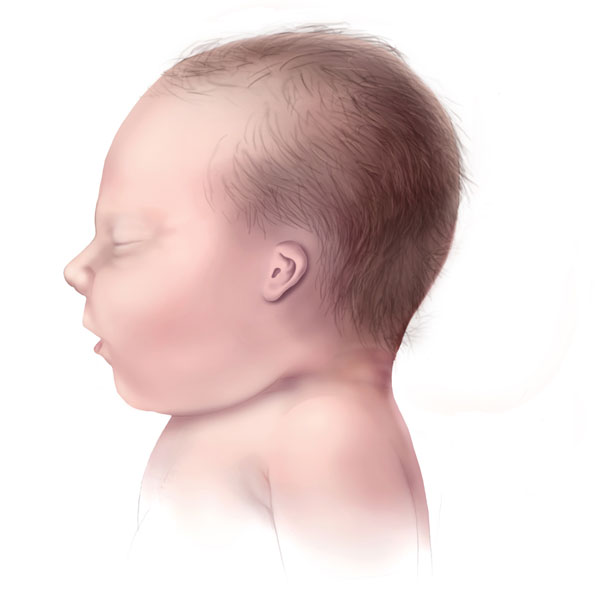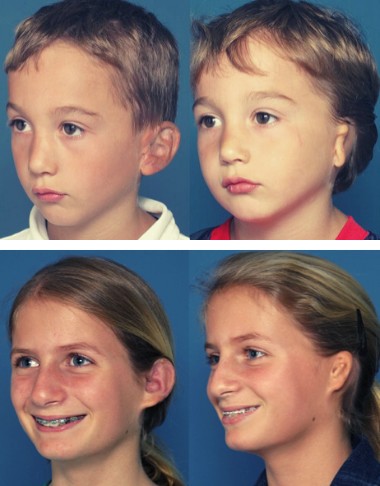What is microtia? Causes and treatment


Microtia is a congenital malformation of the ear that appears during the first trimester of pregnancy and its effects on the child's hearing can be diverse.
Microtia is a congenital birth malformation that affects the ear, commonly known as the ear, of the newborn. In these cases, the ear is physically small, or even, in the cases of anotia, it is physically non-existent. It can affect only one side, unilateral microtia, or both sides, bilateral microtia.
This malformation can significantly affect the baby's hearing, although it is not a sine qua non effect, since the malformation may not have affected the inner or middle ear.

Types of microtia
Based on the Hunter classification, there are 4 grades of Microtia, according to their affectation:
Grade 1: The ear is slightly smaller, but it does not affect the rest of the anatomy and therefore does not affect hearing.
Grade 2: The outer pinna is seen as “unfinished” and the ear canal is narrower than normal, which could lead to hearing loss.
Grade 3: Physically the pinna appears as a lobe and the auditory canal disappears.
Grade 4: In this case, both the outer pinna and the outer ear are non-existent. It is known as anotia.
Causes
The causes of microtia are still unknown. However, in 95% of cases it has been proven that it is not hereditary. It is simply a random malformation that occurs during the first weeks of pregnancy and is not detected on prenatal ultrasound during ultrasound scans.
However, possible causes detailed by specialists include:
- Lack of blood supply to that side of the skull, due to the position of the fetus within the uterus.
- Drop in oxygen levels during the first trimester of pregnancy, causing the interruption of ear development.
- In some cases it has been associated with fetal alcohol syndrome or taking certain substances such as thalidomine, isotretinoin (Accutane), clomiphene citrate (Clomid), retinoic acid or misoprostol during the first trimester of pregnancy.
However, they are not 100% conclusive factors and the reality is that it is a sporadic malformation that affects 0.01% of newborns.

Treatment
With a simple examination of the baby after delivery, the doctor will observe the malformation and proceed to perform a TAC scan that details the bones of the ear, as well as other possible malformations in the area. With this, the degree of microtia is diagnosed and later, an audiologist will perform the corresponding tests to determine if there is a hearing loss.
If it exists, the audiology specialist will recommend the best solution to the family according to the degree of loss, as it can seriously affect the development of communication skills.
The hearing solution will vary depending on the loss between the use of pediatric hearing aids or the cochlear implant. In the event that no leak is found, periodic reviews will be recommended.
Finally, from the age of 4, you can resort to reconstruction of the ear through surgery. Reconstruction is not necessary, it is simply an aesthetic operation that many children ask for themselves because they are not aesthetically accepted by the society that surrounds them.





























